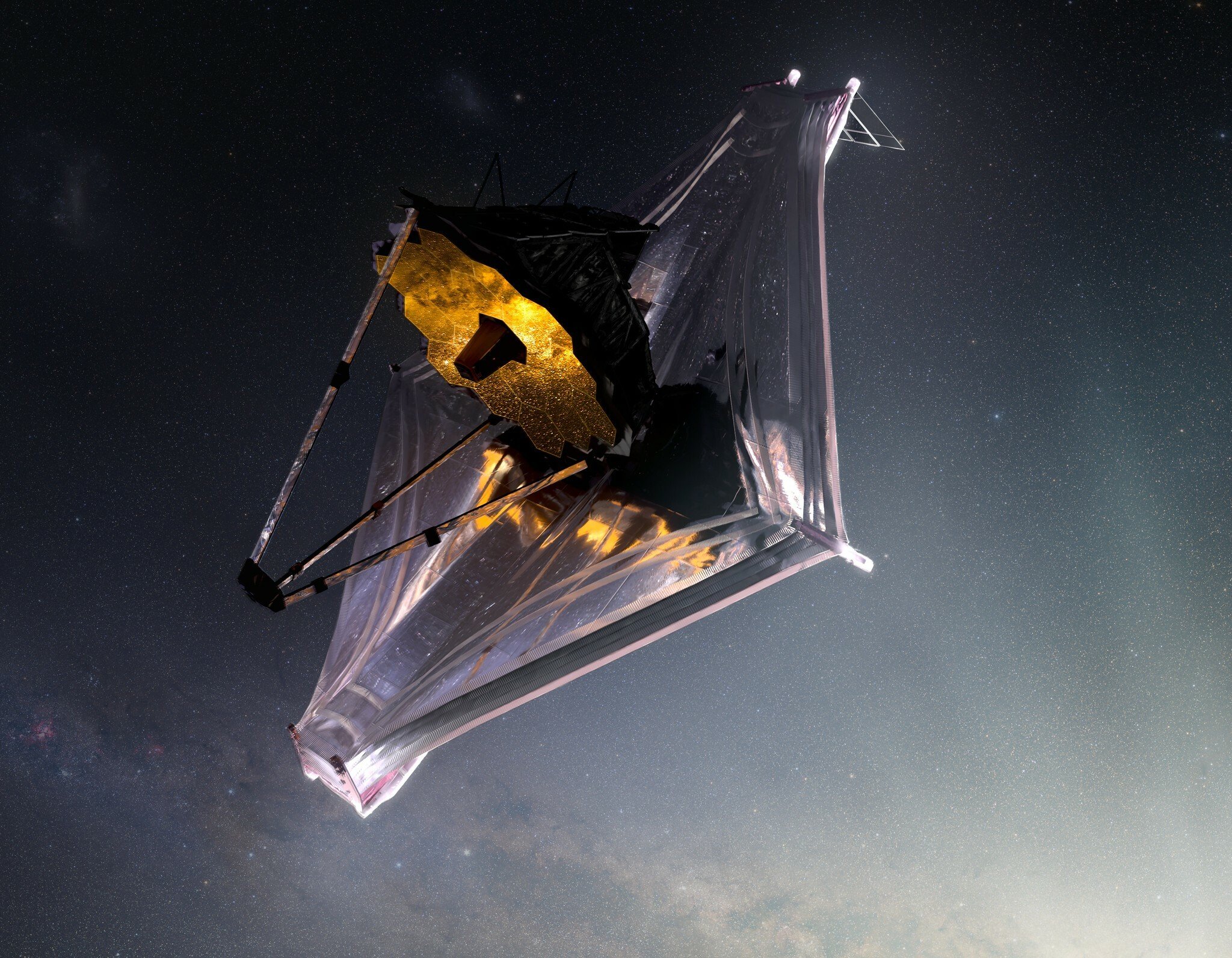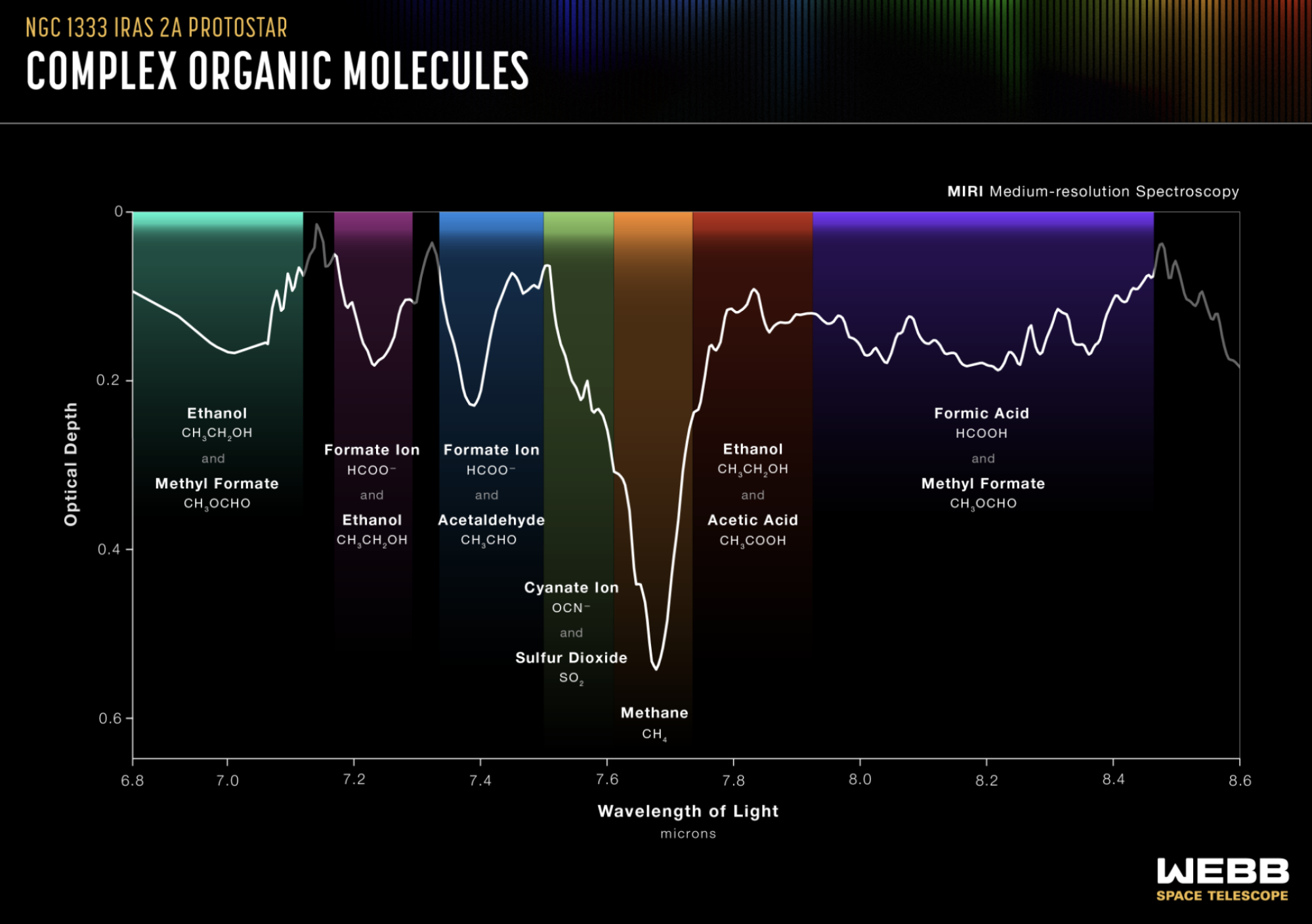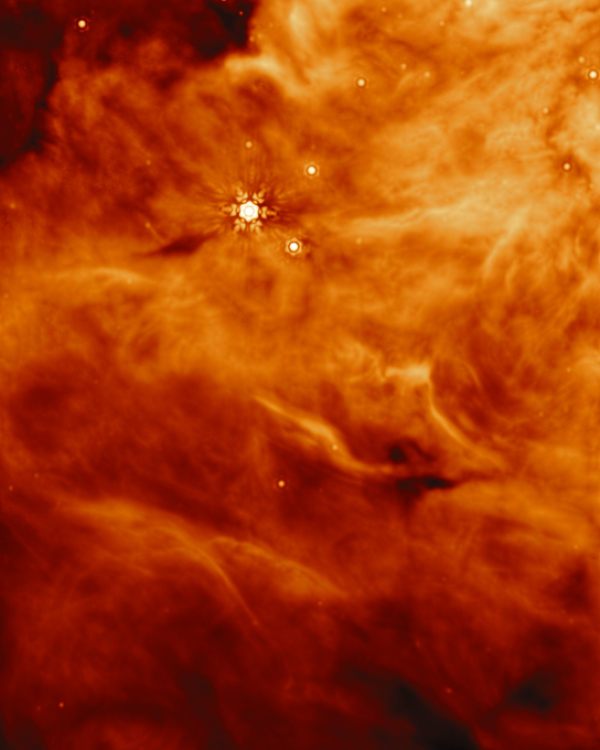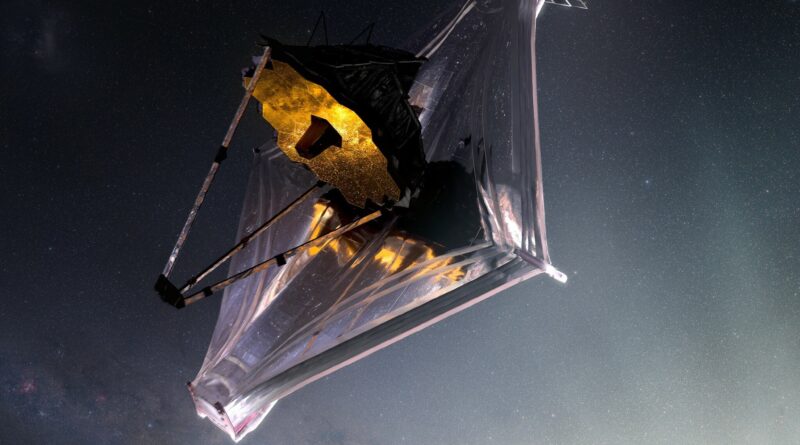Webb telescope makes curious find in deep space: alcohol

The powerful eye of the James Webb Space Telescope has spotted vital chemicals around two youthful stars.
Astronomers focused the space observatory, which orbits 1 million miles from Earth, on cosmic regions around these protostars, which are so youthful they haven’t yet formed planets. But they almost certainly will: NASA suspects nearly every star has at least one planet.
And in these planet-forming regions the Webb telescope found “complex organic molecules,” including ethanol (the alcohol found in alcoholic beverages) as well as another ingredient found in vinegar. Crucially, these ingredients, which form into icy materials in frigid space, might one day become part of future solar system objects, including the large space rocks that can carry organic molecules and important materials to planets. (Much of Earth’s water, for example, may have come from asteroid impacts.)
“All of these molecules can become part of comets and asteroids and eventually new planetary systems when the icy material is transported inward to the planet-forming disk as the protostellar system evolves,” Ewine van Dishoeck, an astronomer at Leiden University and an author of the new research, said in a NASA statement. “We look forward to following this astrochemical trail step-by-step with more Webb data in the coming years.”
The new research has been accepted for publication in the peer-reviewed journal Astronomy & Astrophysics.
The Webb telescope carries instruments, called spectrometers, that can detect the composition of distant objects or places, like the atmospheres of alien planets. Spectrometers separate the light coming from these objects, similar to a prism. Different elements or molecules absorb different types of light, so the light viewed by Webb can discern what chemicals are there, and which aren’t.
The first graphic below shows the different light spectrums Webb picked up while scanning the distant protostar IRAS 2A. Ethanol was present in different groups of icy materials.


In addition to alcohol, the Webb telescope identified formic acid, methane, and likely acetic acid, NASA explained. Crucially, these are “key ingredients for making potentially habitable worlds,” the space agency said.
A habitable world is one that harbors conditions that can sustain life — though this doesn’t nearly mean there’s life there. NASA is currently sleuthing for worlds that might be habitable, some of which might even resemble ocean-covered Earth.
The Webb telescope’s powerful abilities
The Webb telescope — a scientific collaboration between NASA, the ESA, and the Canadian Space Agency — is designed to peer into the deepest cosmos and reveal new insights about the early universe. But it’s also peering at intriguing planets in our galaxy, along with the planets and moons in our solar system.
Here’s how Webb is achieving unparalleled feats, and likely will for decades:
– Giant mirror: Webb’s mirror, which captures light, is over 21 feet across. That’s over two-and-a-half times larger than the Hubble Space Telescope’s mirror. Capturing more light allows Webb to see more distant, ancient objects. As described above, the telescope is peering at stars and galaxies that formed over 13 billion years ago, just a few hundred million years after the Big Bang.
“We’re going to see the very first stars and galaxies that ever formed,” Jean Creighton, an astronomer and the director of the Manfred Olson Planetarium at the University of Wisconsin–Milwaukee, told Mashable in 2021.
– Infrared view: Unlike Hubble, which largely views light that’s visible to us, Webb is primarily an infrared telescope, meaning it views light in the infrared spectrum. This allows us to see far more of the universe. Infrared has longer wavelengths than visible light, so the light waves more efficiently slip through cosmic clouds; the light doesn’t as often collide with and get scattered by these densely packed particles. Ultimately, Webb’s infrared eyesight can penetrate places Hubble can’t.
“It lifts the veil,” said Creighton.
– Peering into distant exoplanets: As noted earlier, the Webb telescope carries specialized equipment called spectrographs that will revolutionize our understanding of these far-off worlds. The instruments can decipher what molecules (such as water, carbon dioxide, and methane) exist in the atmospheres of distant exoplanets — be they gas giants or smaller rocky worlds. Webb will look at exoplanets in the Milky Way galaxy. Who knows what we’ll find?
“We might learn things we never thought about,” Mercedes López-Morales, an exoplanet researcher and astrophysicist at the Center for Astrophysics-Harvard & Smithsonian, told Mashable in 2021.
Already, astronomers have successfully found intriguing chemical reactions on a planet 700 light-years away, and as described above, the observatory has started looking at one of the most anticipated places in the cosmos: the rocky, Earth-sized planets of the TRAPPIST solar system.
